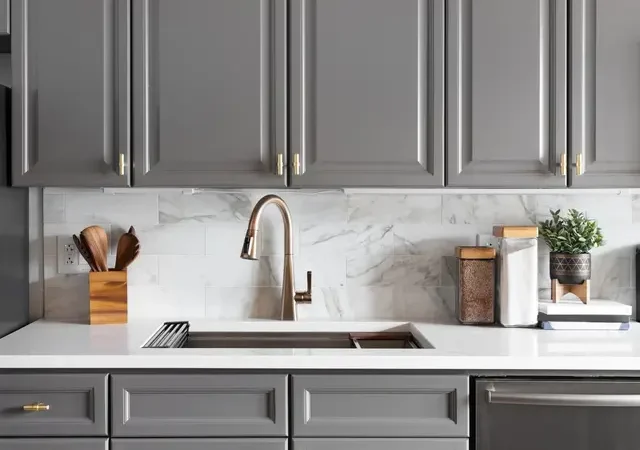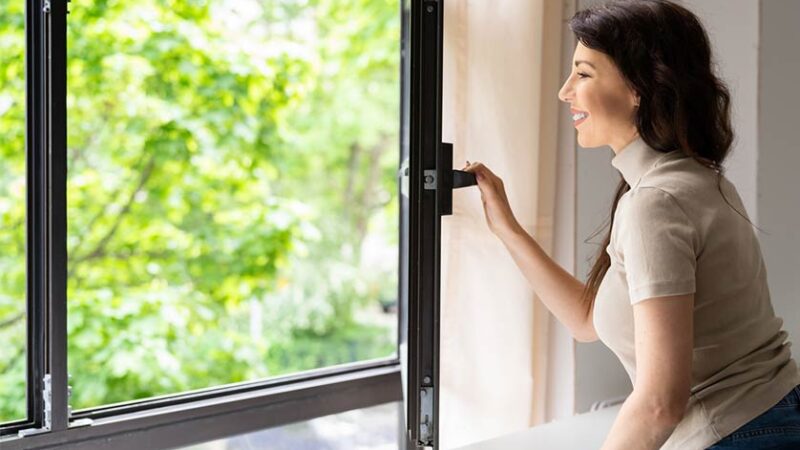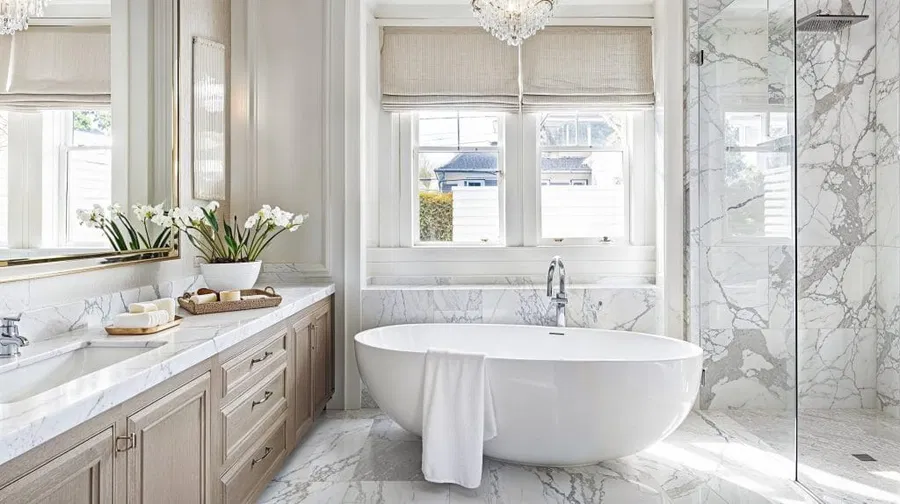Finding, Using, Maintaining, and Experimenting With an Indoor Grill Pan

Grilling is a great way to add flavour and texture to food, but what do you do when it’s too cold or rainy to grill outdoors? Enter the indoor grilling pan. It is a convenient tool that allows you to grill indoors all year round, regardless of the weather outside. Here are some tips and tricks for choosing and using an indoor grill pan.
Choosing One
Checking The Size and Shape
The size and shape will depend on the types of food you plan on dealing with. You’ll need a larger one if you want more oversized items like steaks or chicken breasts. Conversely, a smaller one will suffice if you deal with smaller items like vegetables or shrimp. The shape can also impact how well your food cooks. A rectangular one will give you more surface area.
Knowing The Material
They can be made from various materials, including cast iron, aluminium, and stainless steel. Cast iron is popular because it distributes heat evenly and retains heat well. Aluminium is lightweight and heats up quickly. Stainless steel ones are durable and easy to clean.
Few may come with a nonstick coating, making the cooking and cleaning easier.
Tips for Using Your Pan
Before you start cooking, it’s important to preheat the grill pan. Preheat it over medium-high heat for about 5-10 minutes or until it’s hot enough to make a drop of water sizzle. This will help ensure your food cooks evenly and develops a nice sear.
To prevent your food from sticking, brush it with a small amount of oil before cooking. You can use a neutral oil like vegetable or flavoured oil like olive oil.
It can be tempting to cook as much food as possible, but overcrowding can prevent your food from cooking properly. You may need to cook in batches if you have a lot of food to cook. Leave some space between the food items so that heat can circulate them.
Different types of food require different cooking temperatures. For example, thin cuts of meat like steak or chicken breasts should be cooked over high heat for a short time, while thicker cuts like pork chops or salmon should be cooked over medium heat for a more extended period. Vegetables should be cooked over medium heat to cook evenly without burning.nUse a meat thermometer to ensure that your meat is cooked to the proper temperature.
After cooking your food, let it rest for a few minutes before serving. This will essentially allow the juices to redistribute and make the food more tender and flavorful. Cover the food with foil or a lid to keep it warm while it rests.
Suggestions for Maintenance
Avoid using abrasive sponges or steel wool. Instead, clean with a soft sponge or cloth and gentle dish soap. If you have a cast iron type, you may need to season it before using it again. To do this, rub a small amount of vegetable oil over the surface and bake it in the oven for about an hour at 350°F (175°C).
Experiment with Different Flavours
Grilling is a great way to add flavour to food, but you can also experiment with different seasonings and marinades to enhance the flavour even more. Try marinating chicken in olive oil, lemon juice, and herbs or seasoning steak with spices like cumin, paprika, and garlic powder.
In conclusion, it is a versatile and convenient tool that can be used to cook a variety of foods indoors. When choosing one, consider size, shape, material, and coating. Remember to preheat it, brush the food with oil, avoid overcrowding, use the right temperature, use a meat thermometer, let the food rest, and experiment with different flavours. With these tips and tricks, you’ll quickly grill up delicious meals.






